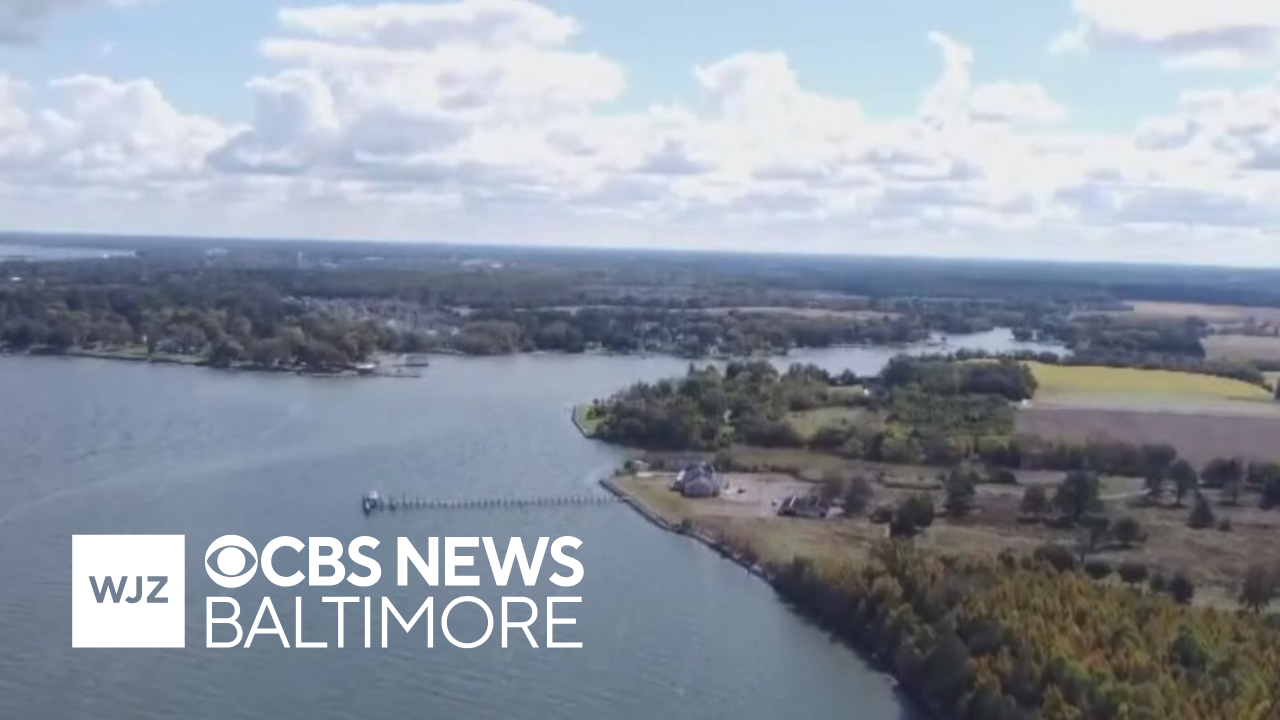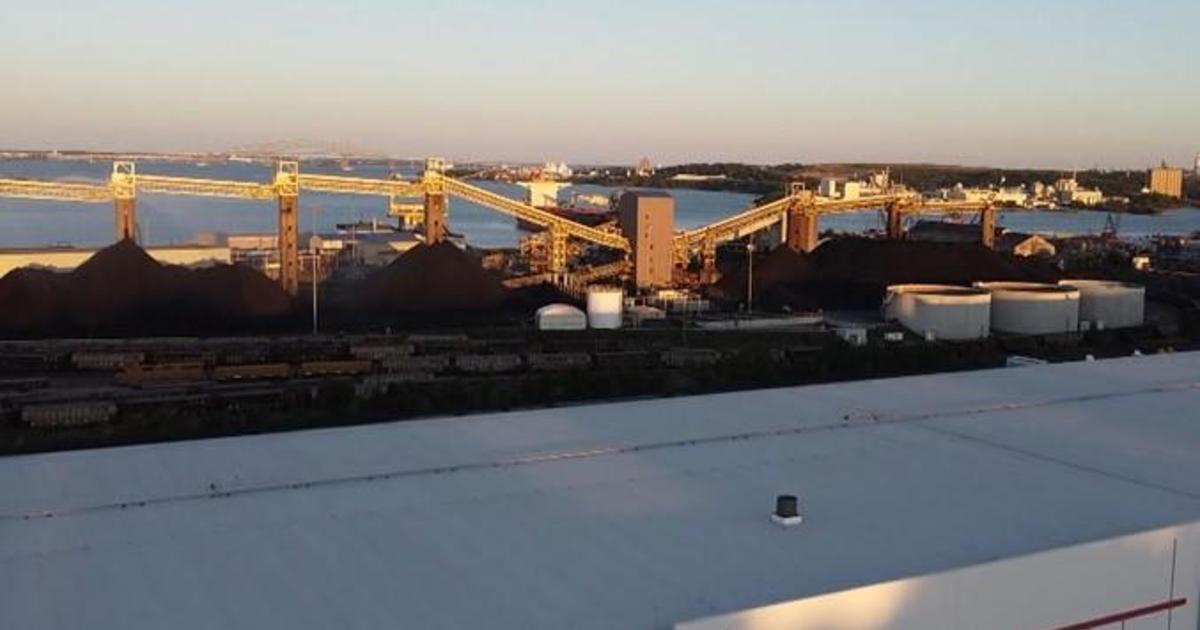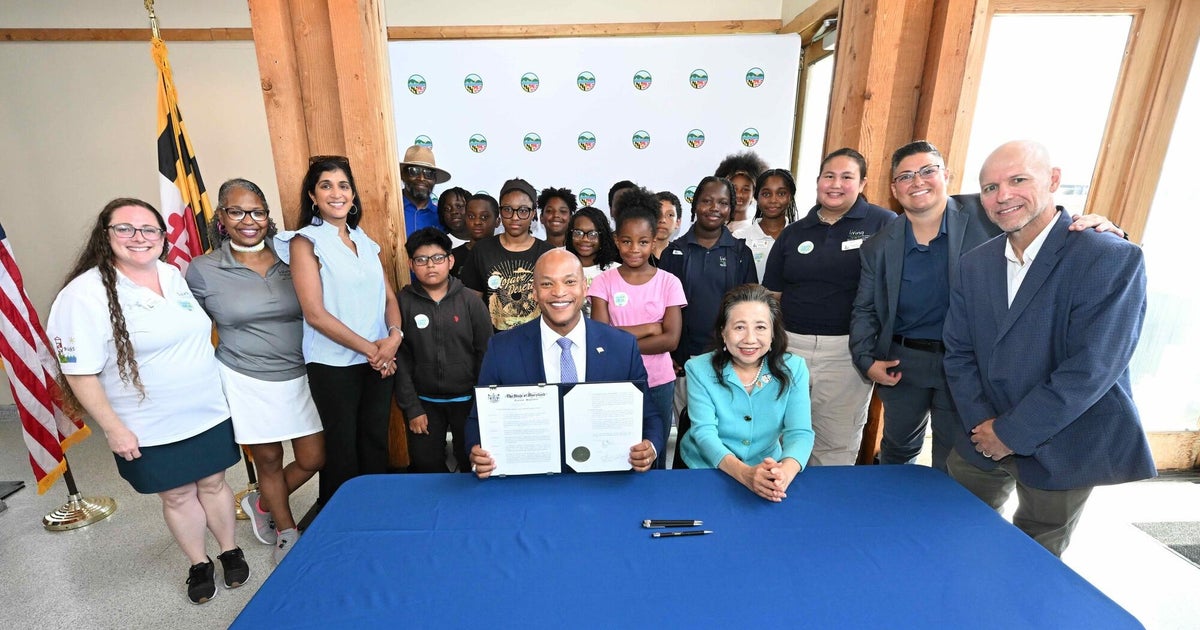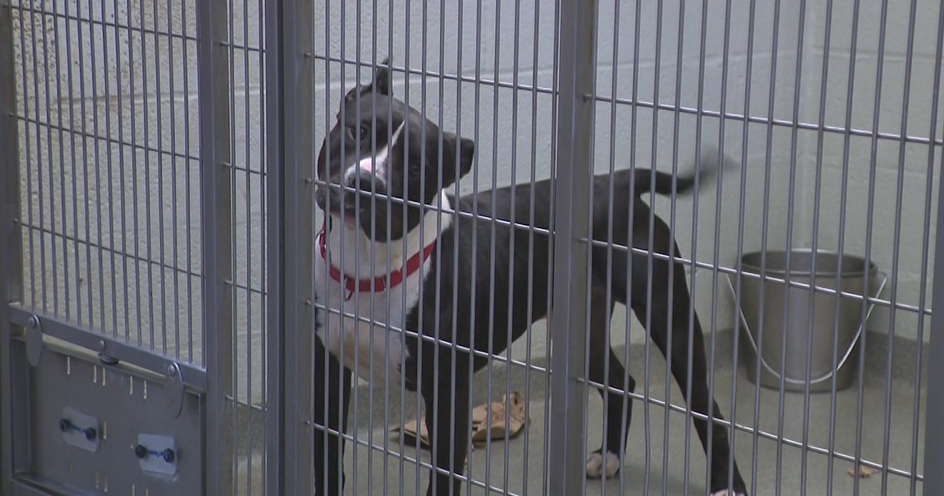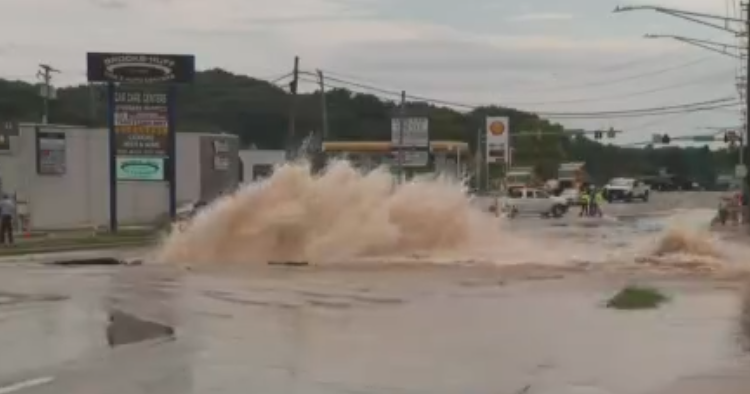Oxygen levels in Maryland's Chesapeake Bay hit historic low after heavy rain in May, data shows
The Chesapeake Bay saw historically low oxygen levels in June, after heavy rain in May, according to data from the Maryland Department of Natural Resources (DNR).
, the low oxygen levels led to hypoxia in the bay, which happens when the water has less than 2 mg/l of oxygen. An increase in hypoxia levels can impact fish and crabs that live in the water.
Hypoxia in the Chesapeake Bay
The hypoxia increase in the Chesapeake Bay was reported between early and late June. However, no hypoxia was recorded in May.
In the past 41 years, there were only nine times when hypoxia was not seen in May, according to the DNR.
Data shows hypoxia increased from below average levels in early June to above average in late June. It comes after heavy rainfall in Maryland and Pennsylvania during May and hot temperatures during June.
According to the DNR, heavy rainfall can lead to lower oxygen levels as runoff pushes excess nutrients into the Chesapeake Bay. This can impact algal blooms and reduce the clarity of the water.
The regional weather patterns fueled algal blooms and resulted in less oxygen consumption. Temperatures also impact hypoxia levels as warmer water holds less oxygen.
Data shows hypoxia in the Bay was triple the normal average in late June, the largest volume of hypoxia seen in Maryland since the monitoring program began.
Expert chimes in
Tom Parham, Director of the Tidewater Ecosystem Assessment at the Maryland Department of Natural Resources, says there are several factors that lead to hypoxia.
"The ones that we're most concerned about are the ones that are enhanced by human activity. So, and that would be excess nutrients running off the land," he explained.
According to Parham, runoff from wastewater treatment plants, even our lawns, can provide food for algae that suck the oxygen from the water.
"When you see a bay after a rainstorm that's cloudy, that has lots of sediment or is green from algal growth, that's not good," he said. "The whole idea with our Bay restoration, as you said, we want clear waters for underwater grasses and more oxygen for fish, crabs and oysters, that's what we want."
The state continues to work on ways to better limit the amount of runoff that gets into the bay.
"We are revising our bay restoration goals to help us better reach the amount of limit, the amount of nutrients that get into the Bay so we have more oxygen for fish, crabs, and shellfish, and clear water for underwater grass," said Parham.
Data from the DNR shows the bay reached its peak of low oxygen levels in June, and could trend in a different direction.
"Based on our preliminary monitoring for July, looks like it's not going to be getting much worse. It'll be back to kind of average, average condition," Parham continued to explain.
DNR officials also emphasized it's important for farms and cities to reduce their overall pollution from industrial and wastewater runoff to protect the bay.
"If you have healthy waters, whether you live in Pennsylvania or Maryland, they all lead into the Bay. So it's important for everyone to have healthy waters wherever you live," Parham added.
Impact on wildlife
The increase in hypoxia levels can impact wildlife in the Chesapeake Bay, as crabs, fish, oysters and other animals need the dissolved oxygen to live.
According to the DNR, some watermen reported finding dead crabs in shallow water in early July. An analysis found that winds between July 1 and July 4 likely pushed water east, allowing low oxygen levels to come closer to the surface in some locations.
The DNR is studying the level and duration of hypoxia in the Bay to determine specific impacts to wildlife.
DNR officials also emphasized that reducing phosphorus pollution from industrial and wastewater runoff, farms and cities could reduce hypoxia conditions in the Bay.

